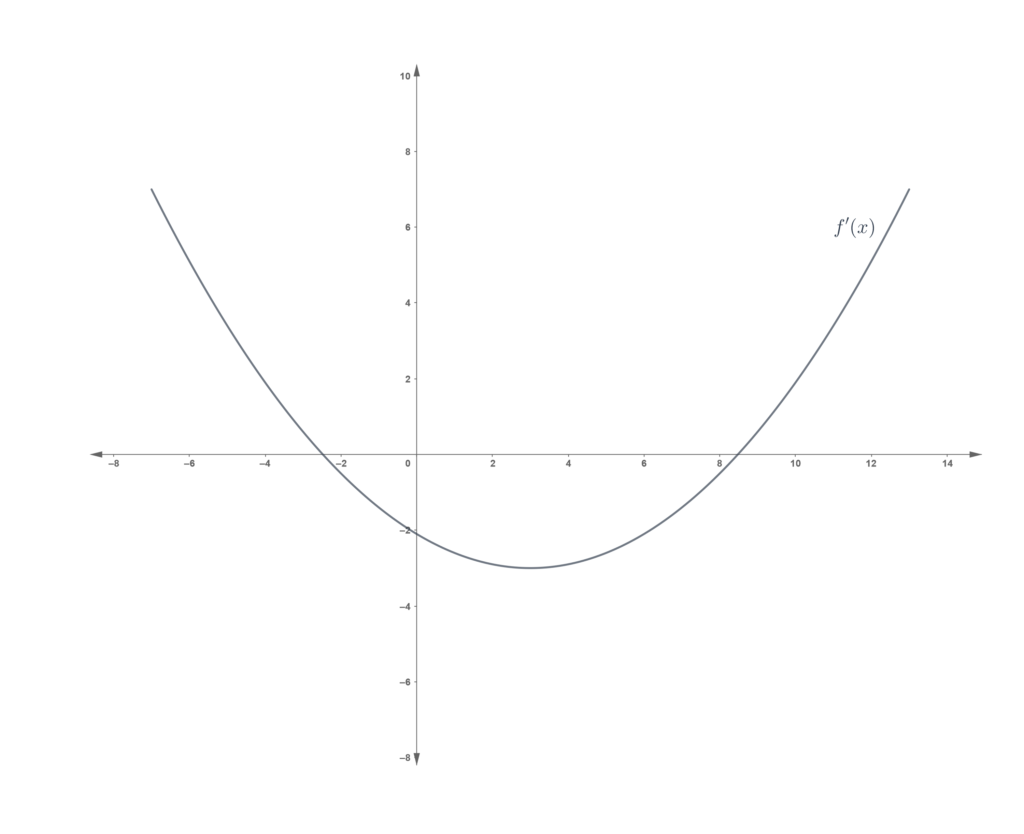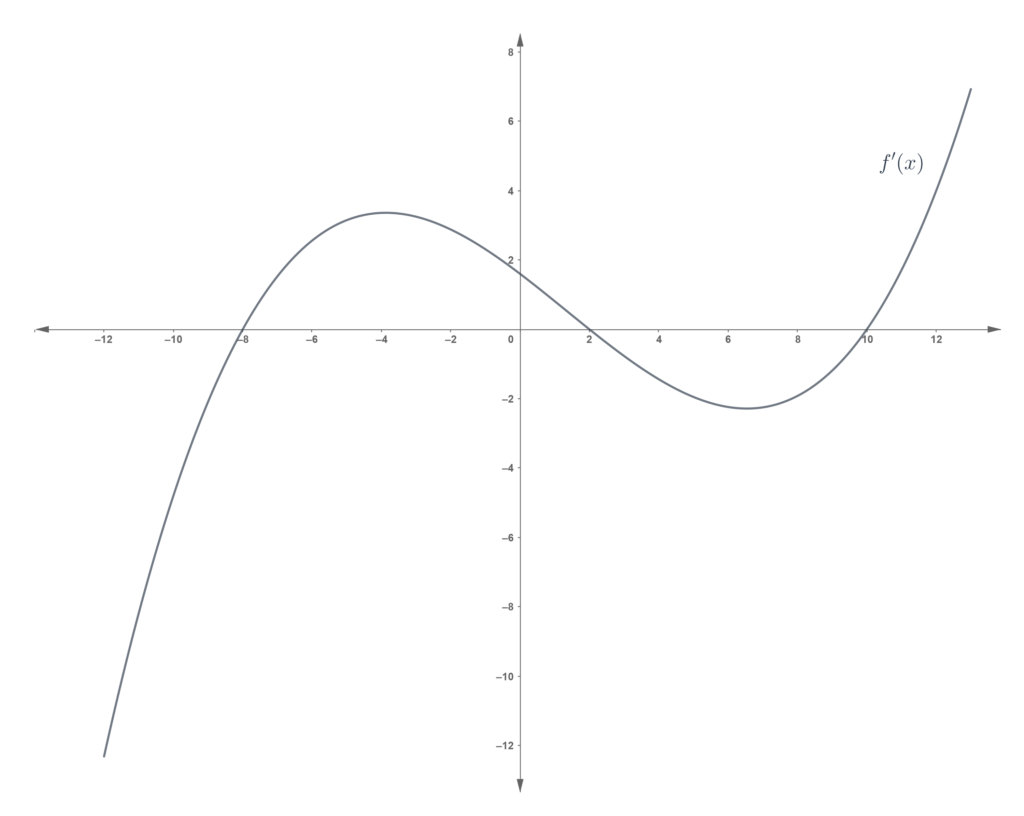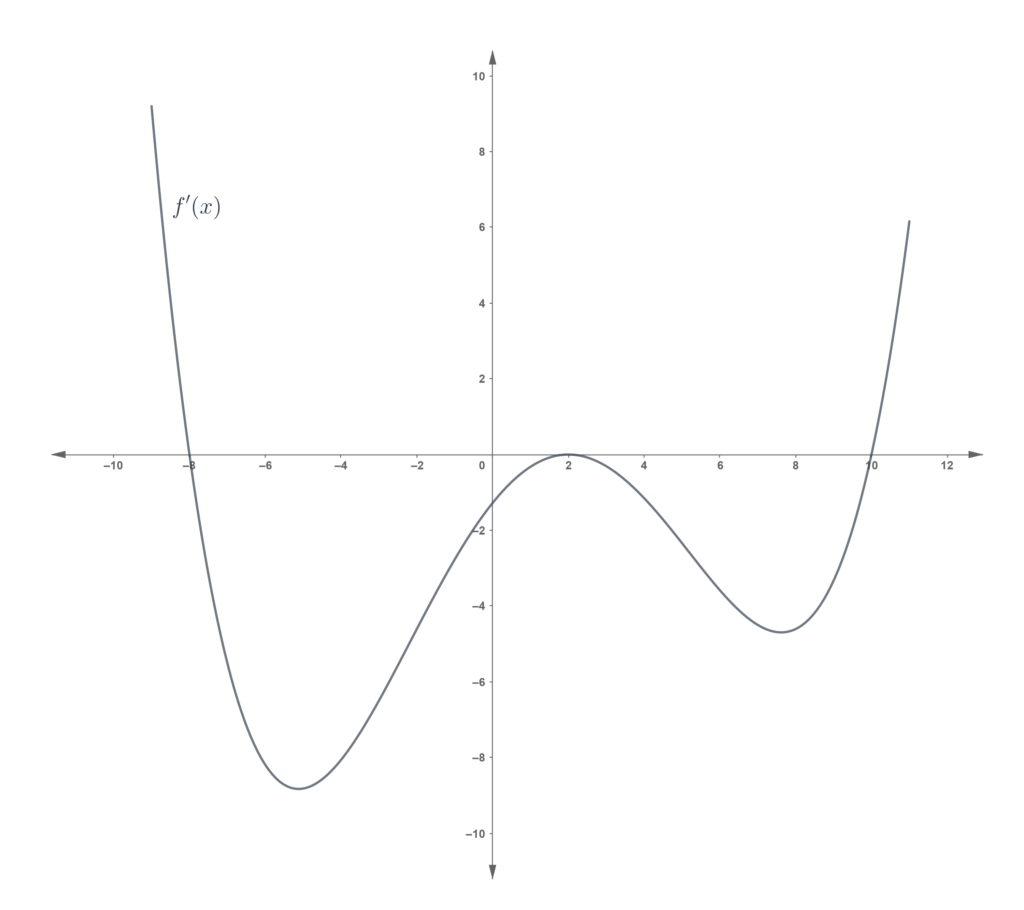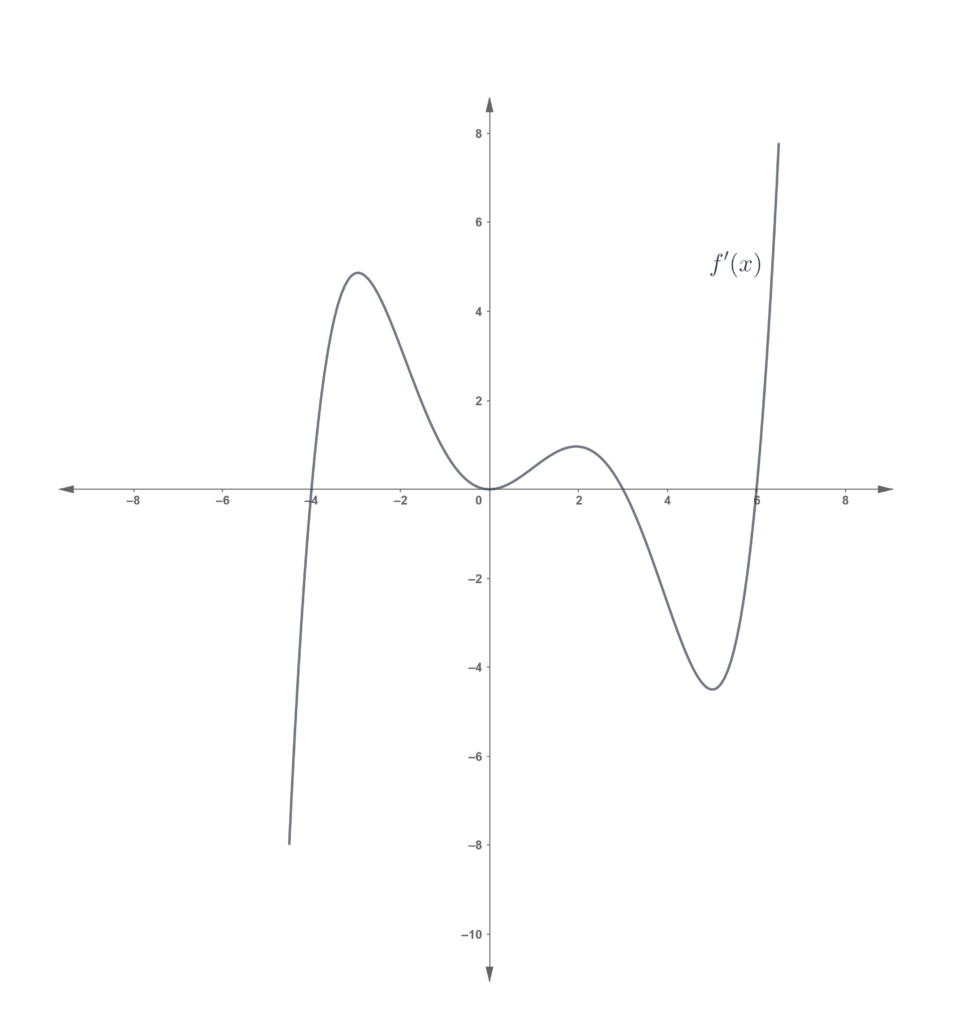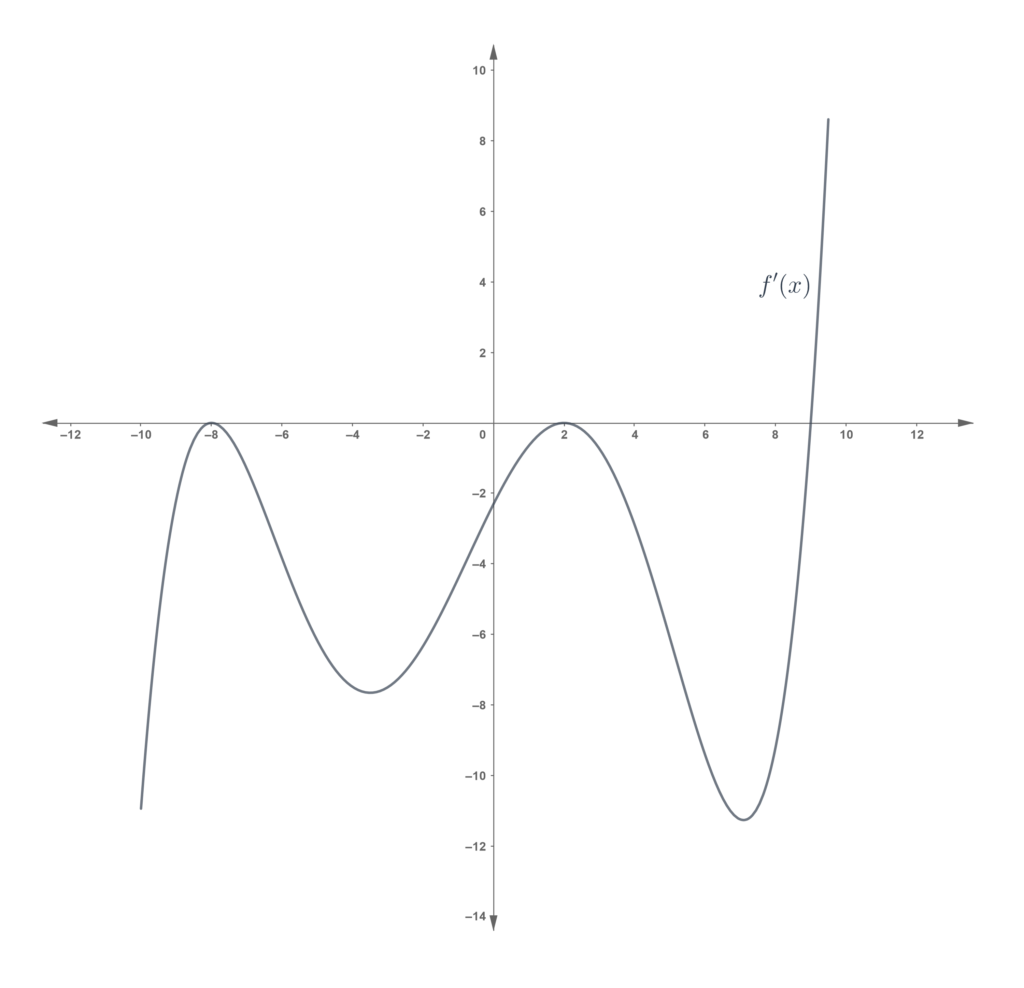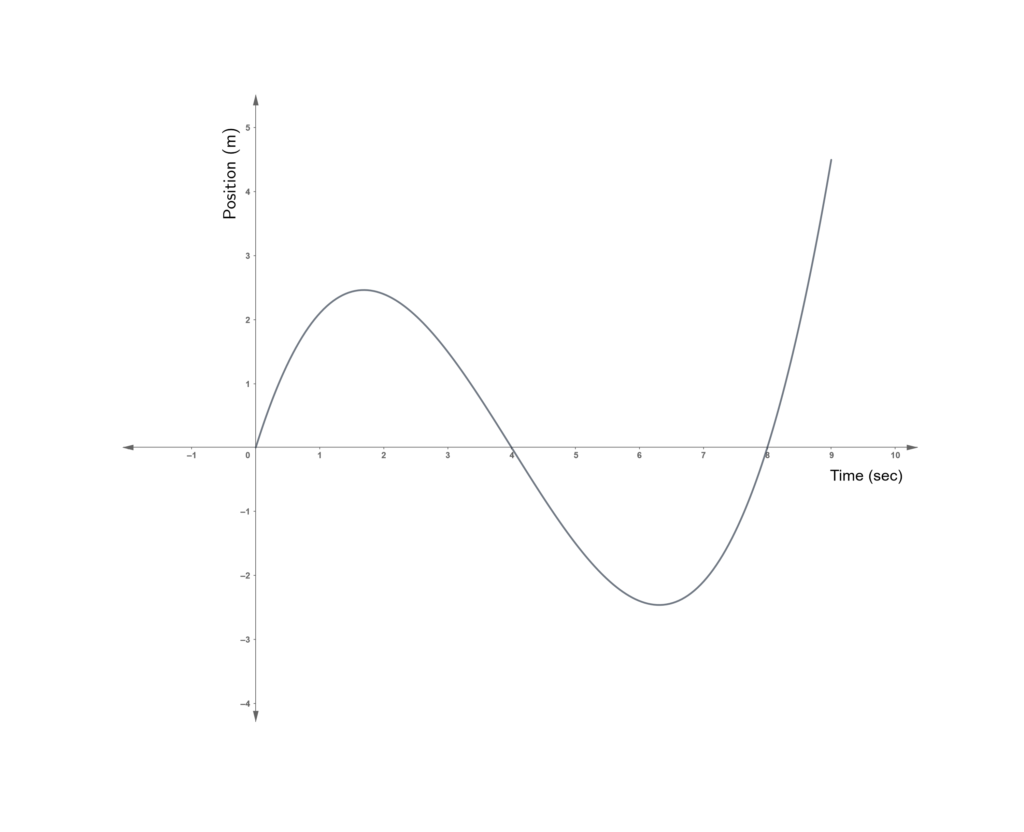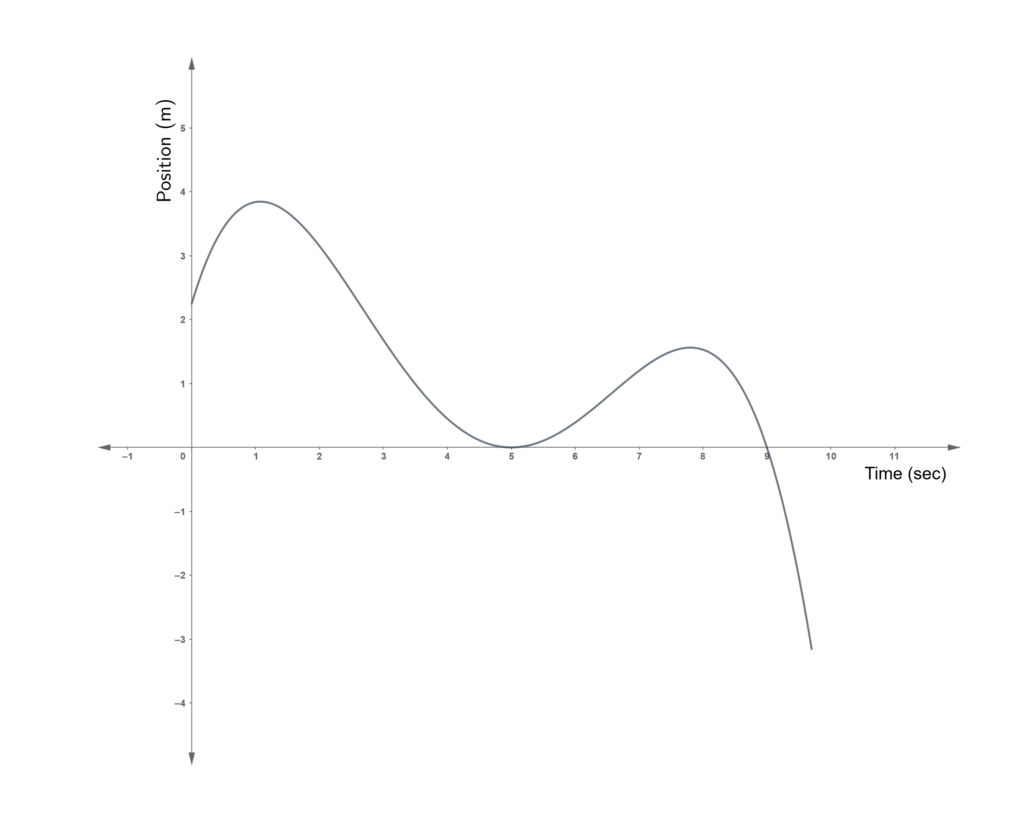Increasing and Decreasing functions
Problem set
In each of the following problems, give whether the function goes up or down at the given
value.
- At
, if
- At
, if
- At
, if
- At
, if
- At
, if
- At
, if
Problem set
In each of the following problems, give whether the given function goes up or down at the given value.
at
at
Problem set
In each of the following problems, identify the intervals where the function is increasing and decreasing.
Minima and maxima
Problem set
For each of the following problems, graph the given function (approximately) and estimate where the extreme values of the function occur. Using calculus, find where the extreme values actually occur.
in
in
Problem set
For each of the following functions, identify the intervals where the function increases, the intervals where the function decreases, the local extreme values and the absolute extreme values.
Problem set
For each of the following functions, identify the intervals where the function increases, the intervals where the function decreases, the local extreme values and the absolute extreme values.
Problem set
For each of the following functions, identify the intervals where the function increases, the intervals where the function decreases, the local extreme values and the absolute extreme values.
Problem set
For each of the following functions, identify the intervals where the function increases, the intervals where the function decreases, the local extreme values and the absolute extreme values.
, for
, for
Problem set
Find the local and absolute extreme values of the following functions.
in
in
in
in
Problem set
Find the local and absolute extreme values of the following functions.
Problem set
- If
, find the minimum value taken by
.
- Find the two real numbers, that have a difference of
between them, making the smallest product.
- Find the dimensions of the rectangle with perimeter
units that has the biggest area.
- Find the dimensions of a right triangle with hypotenuse
units that has the biggest area.
- Find the biggest area possible for a right triangle that has a hypotenuse of
units.
- A right triangle has an area of
square units. What is the smallest possible length of the hypotenuse?
- Justify that of all the rectangles that you can form with a certain perimeter, a square has the largest area.
- Justify that of all the right-triangles that you can form with a certain hypotenuse, the isosceles right triangle has the largest area.
- A farmer bought a fence of length
. He wants to create a fenced rectangular area. What is the maximum area that he can form using the fence that he bought?
- A farmer wants to created a fenced rectangular area of
square feet. Determiner the dimensions of the rectangular area so that he needs to buy least length of the fence.
Concavity and graph sketching
Problem set
For each of the following functions, graph the function by determining the intercepts (if possible), horizontal asymptotes, vertical asymptotes, minimums, maximums, concavity and points of inflection.
Problem set
For each of the following functions, graph the function by determining the intercepts (if possible), horizontal asymptotes, vertical asymptotes, minimums, maximums, concavity and points of inflection.
Problem set
For each of the following functions, graph the function by determining the intercepts (if possible), horizontal asymptotes, vertical asymptotes, minimums, maximums, concavity and points of inflection.
Problem set
For each of the following functions, graph the function by determining the intercepts (if possible), horizontal asymptotes, vertical asymptotes, minimums, maximums, concavity and points of inflection.
in
Problem set
For each of the following functions, graph the function by determining the intercepts (if possible), horizontal asymptotes, vertical asymptotes, minimums, maximums, concavity and points of inflection.
Problem set
In each of the following, the expression for is given. For each of the following, determine the minimum/maximum, concavity and points of inflection for the corresponding
, and draw a possible graph of
.
Problem set
In each of the following, the graph of is shown. For each of the following, determine the minimum/maximum, concavity and points of inflection for the corresponding
, and draw a possible graph of
.
What can you infer from derivatives?
Problem set
In the following, assume is a twice differentiable function – that is,
exists everywhere in the domain of
. Identify with justification whether each of the following statements is true or false.
. This implies
is increasing at
.
for all
. It is possible for
to have a local minimum.
and
for
. This implies
has a minimum at
.
.
has a maximum at
.
. This implies
is decreasing at
.
Problem set
In the following, assume is a twice differentiable function – that is,
exists everywhere in the domain of
. Identify with justification whether each of the following statements is true or false.
has a minimum at
. This implies
has a point of inflection at
. This implies
has an extremum at
.
. This implies
has a point of inflection at
.
, and
. This implies
has a point of inflection at
. This implies
has a point of inflection at
.
Problem set
In the following, assume is a twice differentiable function – that is,
exists everywhere in the domain of
. Identify with justification whether each of the following statements is true or false.
,
for
and
for
. This implies
has a minimum at
.
.
has a maximum at
.
for all
. It is possible for
to have a local maximum.
. This implies
has an extremum at
.
has a maximum at
. This implies
has a point of inflection at
Problem set
In the following, assume is a twice differentiable function – that is,
exists everywhere in the domain of
. Identify with justification whether each of the following statements is true or false.
has a minimum at
. This implies
concaves up to the immediate right of
and
. This implies
has an extremum at
.
. This implies
has a point of inflection at
.
has a point of inflection at
. This implies
.
has a point of inflection at
. This implies
has an extremum at
.
Real-world applications
Problem set
In each of the following problems, the position of a particle moving along the X-axis is given as a function of time. For each of the problems, describe the motion of the particle by doing the following:
- identify the time instant when the particle changed direction
- the maximum distance the particle would be from the origin
- the time intervals when the particle is moving away from the origin and moving towards the origin
- the time-intervals when the particle is accelerating or decelerating
Problem set
- Use tables giving the behavior of a function such as horizontal tangent, concavity, rising, falling etc to draw the graph of a function.
- Use tables giving values of derivative and the second derivative to sketch the graph of a function.
